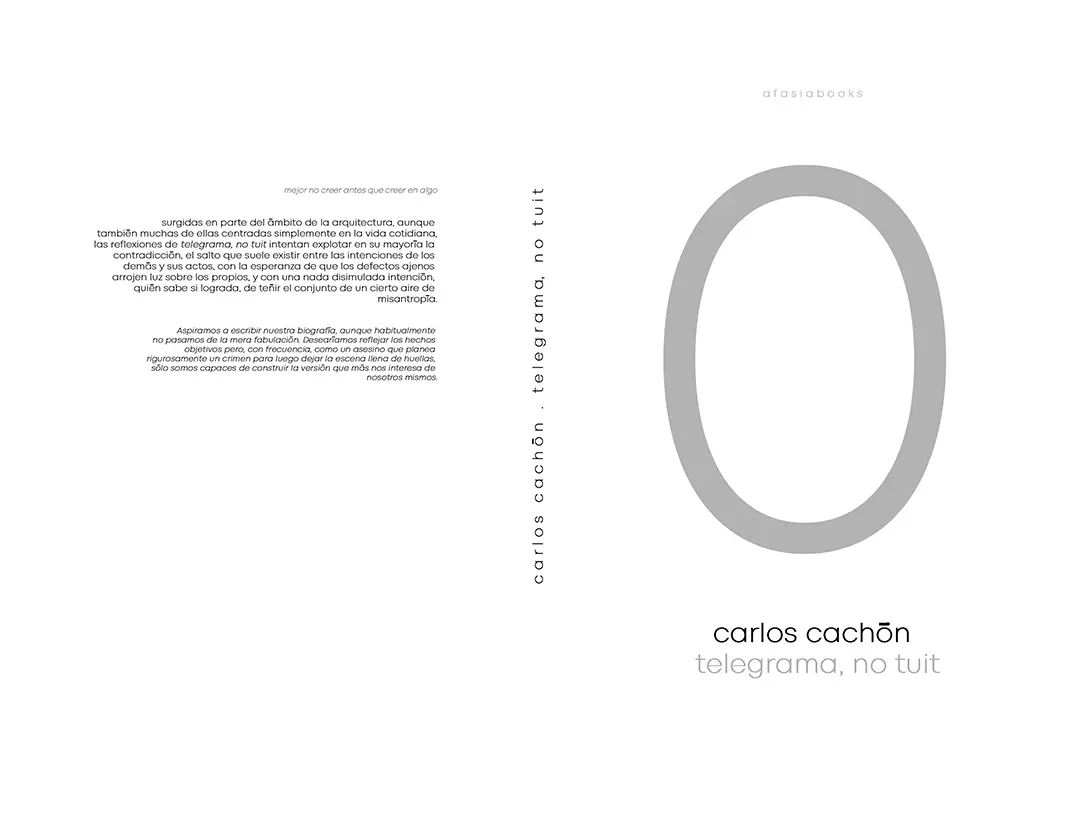
Taller SAU . photos: © Andrés Flajszer
The house and farmhouses of Cal Gall, built in the 19th century, have been transformed by Taller SAU and reinvented with the aim of promoting the family’s heritage.
Four spaces are organised around the courtyard: from bottom to top and from south to north. On the ground floor we find the day area, connected to the outdoor space while the upper floor serves as the nighttime area. To the south, the main rooms (living room and bedrooms) benefit from solar radiation, and to the north, the staircase and bathrooms act as a thermal cushion and bring together the facilities.
The wooden structure of the new floor slab and the new roof reinforce the stone walls and strengthen the ensemble of buildings. Traditional construction is combined with the new systems of plywood and dry construction.
Taking advantage of the high groundwater level, the whole complex is heated through a system of geothermal wells and underfloor heating, which guarantees the use of the thermal inertia of the stone walls and provides hot water in an almost natural way. Furthermore, the new roof, with 28 cm rock wool insulation, and the cross ventilation provided by opening new openings in the stone walls, allows the building to perform exceptionally well in both summer and winter with a minimum of external energy input. This is a clear commitment to low energy consumption.
_
La casa y los pajares de Cal Gall, construidos en el siglo XIX, se transforman y se reinventan de nuevo con el objetivo de dar un impulso al patrimonio familiar. Cuatro espacios que se organizan alrededor de la era: de abajo arriba y de sur a norte. En la planta baja encontramos la zona de día, vinculada en el espacio exterior y en la planta bajo cubierta, la zona por la noche. En el sur, las estancias principales (estar y habitaciones) disfrutan de la radiación solar, y en el norte, la escalera y los baños actúan como cojín térmico y agrupan las instalaciones. La estructura de madera del nuevo forjado y la nueva cubierta arriostran los muros de piedra y consolidan el conjunto de edificaciones. La construcción tradicional se entrelaza con los nuevos sistemas de madera laminada y construcción en seco. Aprovechando la cota alta del nivel freático, todo el conjunto se calienta a través de un sistema de pozos de geotermia y tierra radiante, que garantiza el aprovechamiento de la inercia térmica de los muros de piedra y proporciona agua caliente casi de forma natural. Además, la nueva cubierta, con un aislamiento de lana de roca de 28 cm, y las ventilaciones cruzadas conseguidas con la apertura de nuevos agujeros a los muros de piedra, hacen que el conjunto se comporte excepcionalmente bien tanto en verano como el invierno con la mínima aportación de energía externa. Una apuesta clara por el bajo consumo de energía.















